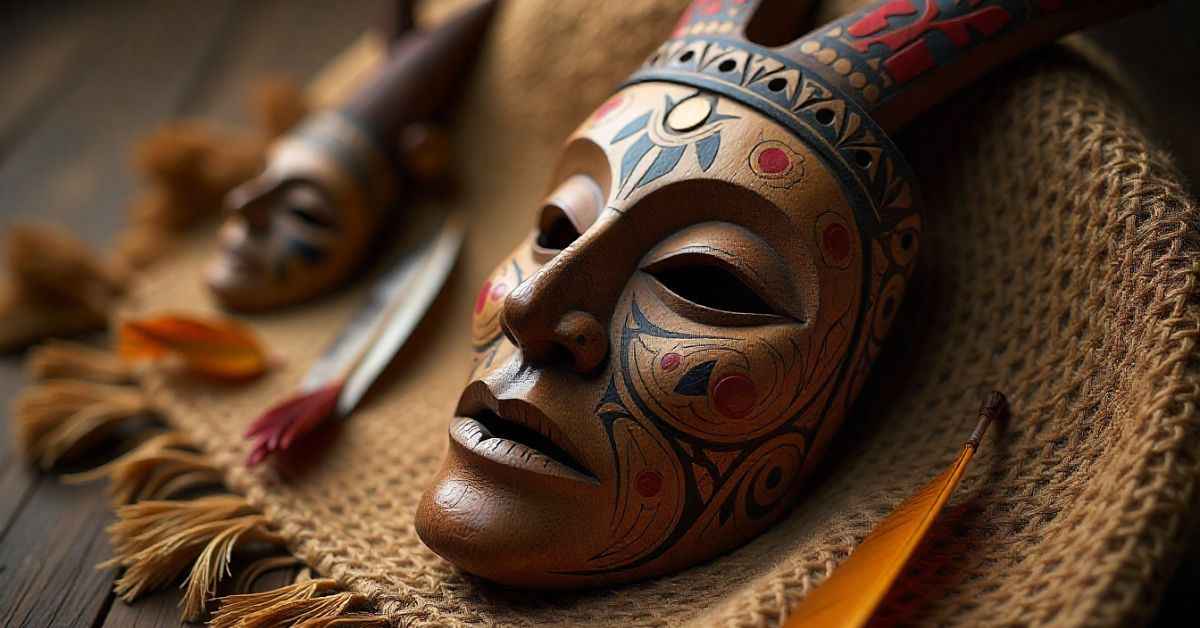Introduction
In a fast-paced digital world where global cultures often blend, fade, or evolve unnoticed, the unique cultural identity of the ciulioneros stands as a testament to endurance, creativity, and ancestral strength. Their story is not just about music, celebration, or heritage but the art of preserving soul through storytelling, ritual, and community.
This in-depth guide explores the rich culture of the ciulioneros: where they come from, what they symbolize, and how they are reimagining their heritage in the modern world.
Ciulioneros Culture
The word ciulioneros may not appear in popular encyclopedias yet, but its resonance is growing among anthropologists, global culture researchers, and curious minds fascinated by hidden histories.
Not a monolithic group, ciulioneros are a culturally rich community known for:
- Deep-rooted mythological traditions
- Ritual storytelling, often accompanied by movement
- Intricate art, mask-making, and ceremonial dress
- A strong oral history instead of a written canon
- Adaptive resilience in migration and modern pressures
Understanding them is not just about discovering a culture, it’s about learning how culture transforms, survives, and thrives.
Historical Roots and Symbolic Origins
The origin of the culture is intertwined with mythology and oral legend. Some historians believe early foundations lie in coastal enclaves across southern Europe and North Africa, where communities survived by oral transmission of identity across generations.
Legends and Archetypes
Their myths speak of ancestral spirits called Alunari, storytellers who shaped the physical and spiritual world through voice and memory.
Symbolism
Certain ancient symbols tied to the heritage (tri-spirals, layered masks, braided threads) are more than decorative; they store generations of history in visual code.
Language Preservation & Linguistic Heritage
It traditionally passed down knowledge without written texts. Instead, they used:
- Ceremonial chants, known as Tevaro
- Layered dialects influenced by multiple linguistic roots
- Call-and-response oral codes to mark lineage and social order
In 2025, efforts are underway to digitize and document surviving elements of their language system. Interactive tools and mobile apps such as “LinguaLume” and “Voices of the South Project” work with elders to record fading terms and pronunciations.
| Region | Estimate (2025) | Cultural Hubs |
| Canada | ~5,000 | Montreal, Toronto |
| Italy | ~8,200 | Naples, Palermo |
| Brazil | ~3,700 | São Paulo, Recife |
Traditional Clothing: Complexity and Ritual Meaning
The traditional garments of ciulioneros are not just outfits, they’re cultural maps.
Each article of clothing historically tells a story:
- Colors represent generational cycles (e.g., rust = harvest, indigo = mourning).
- Thread techniques indicate marital or clan status
- Face coverings are believed to protect ancestral identity during spirit dances.
Today, elements of these garments are used in urban fashion, with modern designers blending ciulioneros art into scarves, bags, and stage costumes.
Festivals and Ceremonial Traditions
The centerpiece of culture is communal celebration.
Most Popular Ceremonies:
- Tianuko Ceremony: a story-walking ritual where elders guide the youth through oral legends.
- Ketro Spiral Festival: an art and mask parade honoring seasonal changes.
- Nocta Lentre: an annual remembrance of ancestors involving fire dances and herbal offerings.
Each festival involves:
- Live narrative performance with instruments
- Group ritual movement is interpreted through dance.
- A re-emergence of masked personalities representing mythic characters
The Role of Art, Masks, and Performance
Artistry ties together the ciulioneros’ identity. Masks, in particular, serve as a channel between past and present “faces of memory” carved into physical form.
Traditionally made from:
- Hand-mixed clay and wood
- Pigments sourced from regional flora
- Ritual design patterns symbolizing spirits
Now, they serve both as sacred ceremonial tools and art deco collectibles, gaining worldwide interest among cultural collectors.
Oral Storytelling in the Ciulioneros Community
Unlike journal-centric cultures, the history of the ciulioneros was carried through multi-generational oral storytelling.
Types of oral narratives include:
- Personal-origin tales (how someone came to be)
- Mythical recreations of environmental events
- Inherited wisdom through proverb chains
Their stories function like emotional maps guiding each generation through grief, growth, resilience, and return.
Migration, Memory, and Diaspora Identity
During the 19th to 21st centuries, many ciulioneros were displaced due to economic hardship, environmental shifts, or conflict. Modern estimates suggest that diaspora communities now reside in the following regions:
| Region | Estimate (2025) | Cultural Hubs |
| Canada | ~5,000 | Montreal, Toronto |
| Italy | ~8,200 | Naples, Palermo |
| Brazil | ~3,700 | São Paulo, Recife |
The diaspora has reshaped ciulioneros traditions integrating newer languages, values, and practices while maintaining core identity markers.
Cultural Resilience in the Digital Era
Technology has become a powerful preservation tool.
Notable Initiatives (2025):
- “Stories Alive” VR Exhibition showcasing narrated ciulioneros folktales
- Instagram-based art revival projects: recreating masks and fashions
- Transnational Zoom rituals connect diaspora youth with elders using bilingual storytelling sessions.
Unlike cultures weakened by scrolling and swiping, ciulioneros communities are using digital tools as ancestral lenses, not replacements.
The Future of Ciulioneros: From Legacy to Leadership
In 2025, the ciulioneros are not an “endangered culture” they are pioneers in cultural adaptation:
- Youth-led councils are organizing ancestral learning camps.
- Collaborations with museums and universities (e.g., UCL, Sorbonne) are growing.
- Hackathons focused on cultural preservation tech have ciulionero-led teams placing in innovation contests
“We don’t need saving. We are the authors of our legacy.” Lenora Catere, cultural archivist & ciulioneros activist (2025)
FAQs
Who are the ciulioneros?
The ciulioneros are a culturally distinct community recognized for their rituals, art, oral storytelling, and spiritual symbolism.
Where did they originate?
They primarily originated from Southern Europe and North Africa, migrating in waves over centuries.
Do they have a written language?
Although they lack a formal writing tradition, they have been actively preserving their linguistic history through digital means since the 2020s.
Are the ciulioneros still active today?
Yes, in both core and diaspora communities, especially through digital and artistic projects.
How can I experience their culture?
Join cultural festivals, virtual exhibitions, or support ciulioneros-led artisan shops online.
Conclusion
The story of the ciulioneros teaches us something vital: cultural identity is not fossilized, it breathes, moves, and adapts.
Through dance, myth, migration, art, and voice, they show how even the rarest cultural expressions can remain vital in a fast-paced world. In 2025, their influence is not just historical, it is instrumental in understanding how resilience and ritual shape humanity.


